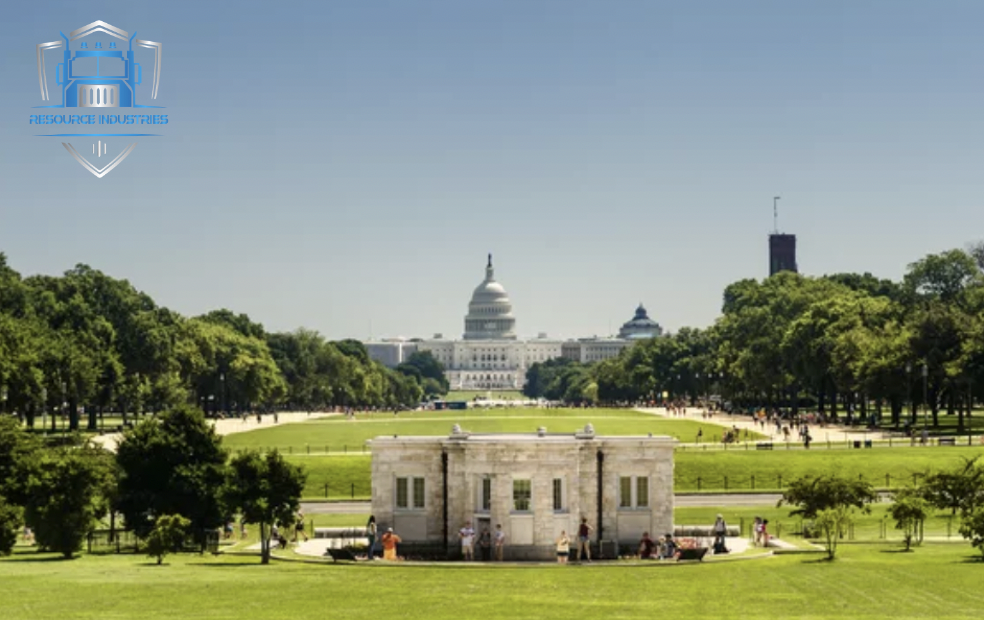History of Aggregates in the Washington DC Metropolitan Region

The use of aggregate materials, such as gravel, sand, and crushed stone, has a long history in the Washington D.C. metropolitan region. These materials have been used for a variety of purposes, including building construction, road building, and landscaping.
One of the earliest uses of aggregate materials in the region was for the construction of the National Mall in Washington D.C. in the early 1800s. The Mall was designed by Pierre Charles L'Enfant as a grand public space, and it required a large amount of fill material to level the site. Gravel and sand were used to create the foundation for the Mall, and these materials were sourced from nearby rivers and streams.
In the late 1800s and early 1900s, the use of aggregate materials in the region expanded significantly with the growth of the railroad industry. The construction of railroads required large quantities of ballast, which is a type of aggregate material that is used to support the tracks and provide drainage. Gravel and crushed stone were commonly used as ballast in the region.
As the Washington D.C. metropolitan region continues to grow and develop in the 20th century, the demand for aggregate materials increased. These materials were used for a variety of purposes, including the construction of highways, bridges, and buildings.


